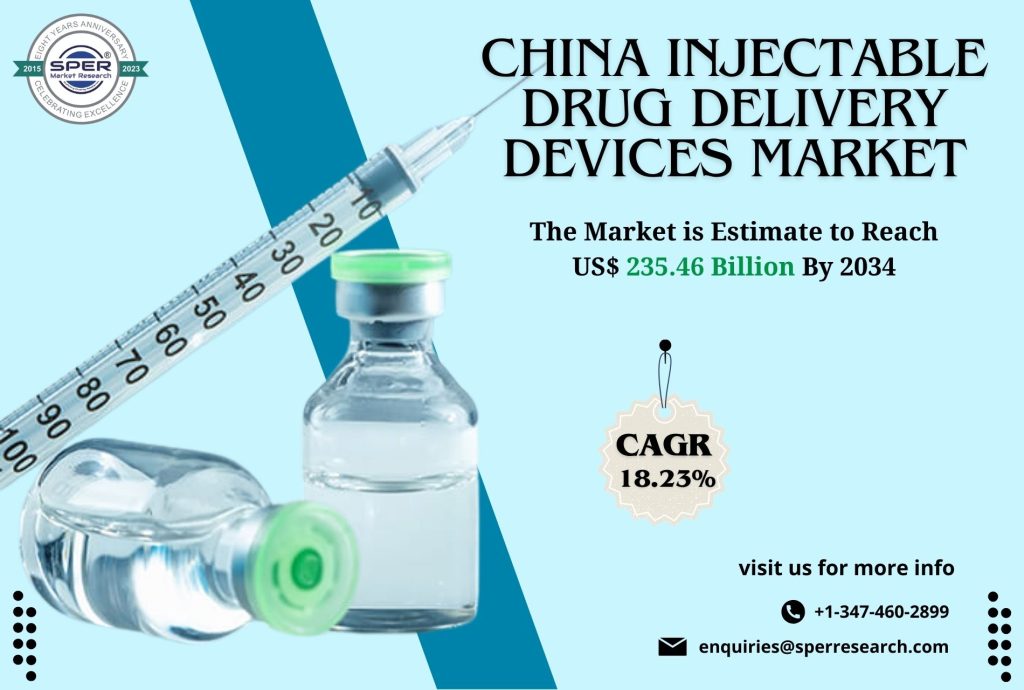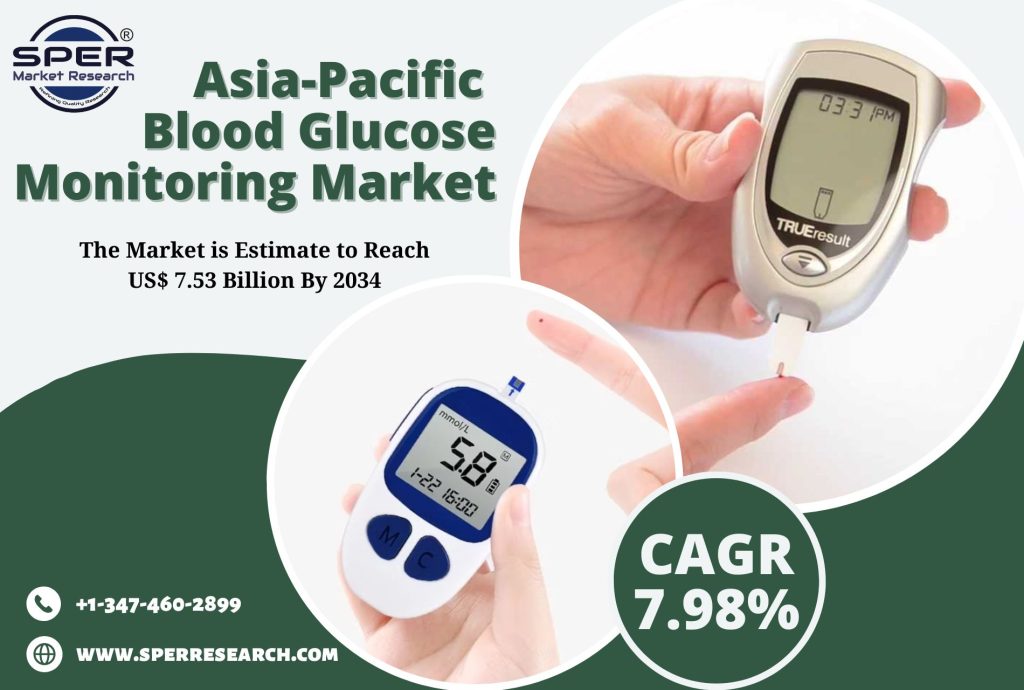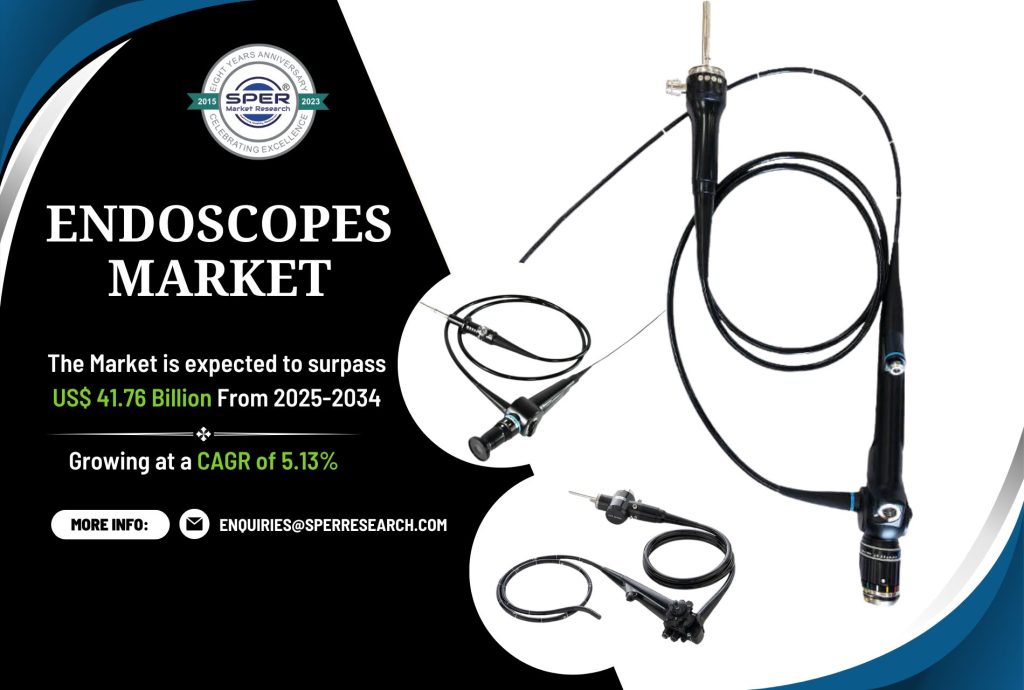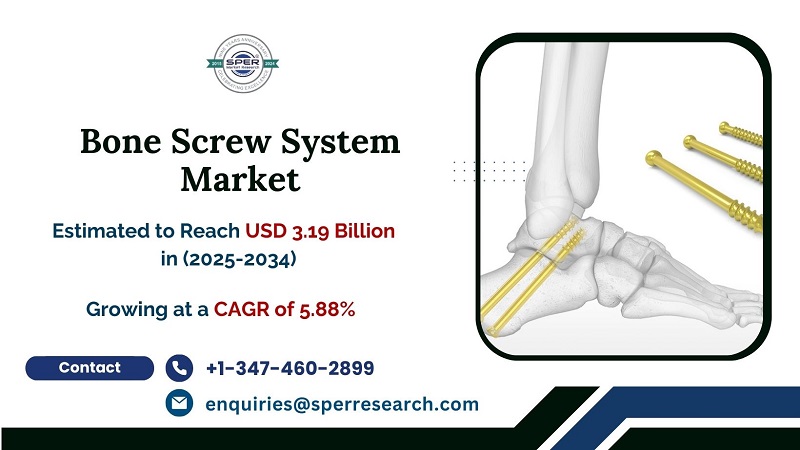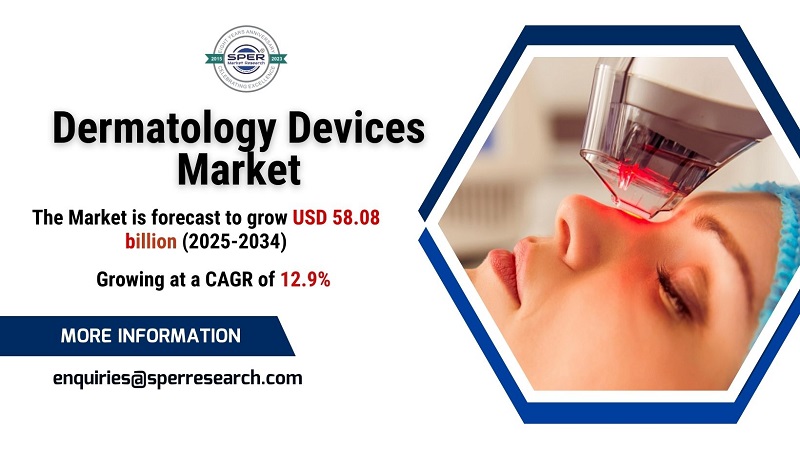Tools for administering medication via injection, such as subcutaneous, intramuscular, or intravenous routes, are known as injectable drug delivery devices. Simple syringes and needles to more sophisticated systems like wearable injectors and auto-injectors are examples of these gadgets. They are increasingly made for patient convenience and self-administration, and they are essential in the treatment of many ailments.
According to SPER market research, ‘China Injectable Drug Delivery Devices Market Size- By Type of Devices, By Therapeutic Application, By Usage Pattern, By Site of Delivery- Regional Outlook, Competitive Strategies and Segment Forecast to 2034’ state that the China Injectable Drug delivery devices Market is predicted to reach 235.46 billion by 2034 with a CAGR of 18.23%.
Drivers:
Several key factors contribute to the expansion of the China injectable drug delivery devices market. The market for injectors is expected to increase significantly due to the growing number of company partnerships and collaborations, the convenience of use, and the growing prevalence of chronic illnesses. As an illustration of the increasing trend of strategic partnerships in the industry, ALK Abello and China Grand Pharma signed an exclusive licensing deal in July 2021 for the launch of ALK’s adrenaline injector, Jext, in China. Additionally, a wider use of medication delivery devices, particularly injectors, has resulted from the rising incidence of chronic diseases like diabetes. Over the course of the forecast period, it is anticipated that the consistent increase in diabetes incidence would increase demand for prefilled injectors and other injectable drug delivery systems.
Request a Free Sample Report: https://www.sperresearch.com/report-store/china-injectable-drug-delivery-devices-market.aspx?sample=1
Restraints:
The China injectable drug delivery devices market faces several challenges that may impede its growth. Accessibility may be restricted by the high cost of advanced injectors, particularly in rural and economically disadvantaged locations. Regulatory obstacles, such as intricate approval procedures and evolving compliance requirements, could postpone the release of innovative goods. Furthermore, safety hazards like needlestick accidents and contamination dangers from incorrect use continue to exist. Widespread adoption may also be hampered by patients’ and healthcare professionals’ ignorance about and inadequate training in appropriate usage. Furthermore, the development of injectable drug delivery systems in China may face long-term obstacles due to the rising demand for non-invasive drug administration options like oral or transdermal techniques.
Shanghai’s dominance in the global sailboat market is due primarily to its mix of biotech industry strength and access to international and domestic markets. Some significant market players are Baxter, Becton, Dickinson and Company, F. Hoffmann-La Roche AG, Gerresheimer AG, GSK plc, Merck & Co. Inc., Novartis AG, Pfizer Inc., Sanofi, Teva Pharmaceutical Industries Lt.
For More Information, refer to below link: –
China Injectable Drug Delivery Devices Market Growth
Related Reports:
Follow Us –
LinkedIn | Instagram | Facebook | Twitter
Contact Us:
Sara Lopes, Business Consultant — USA
SPER Market Research
enquiries@sperresearch.com
+1–347–460–2899
